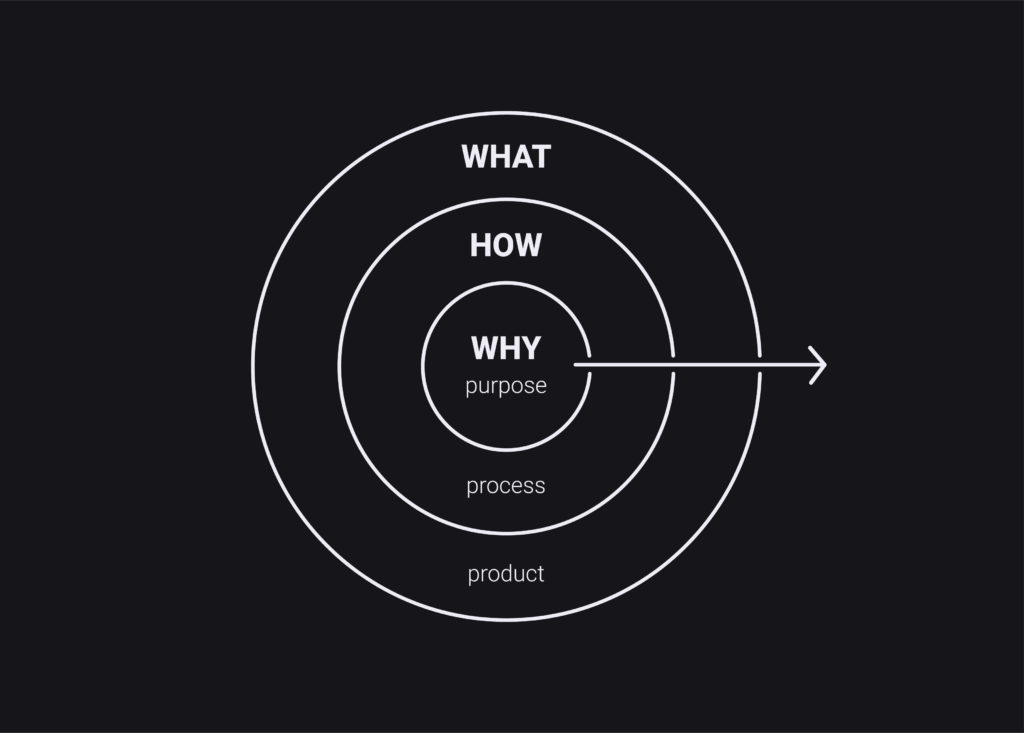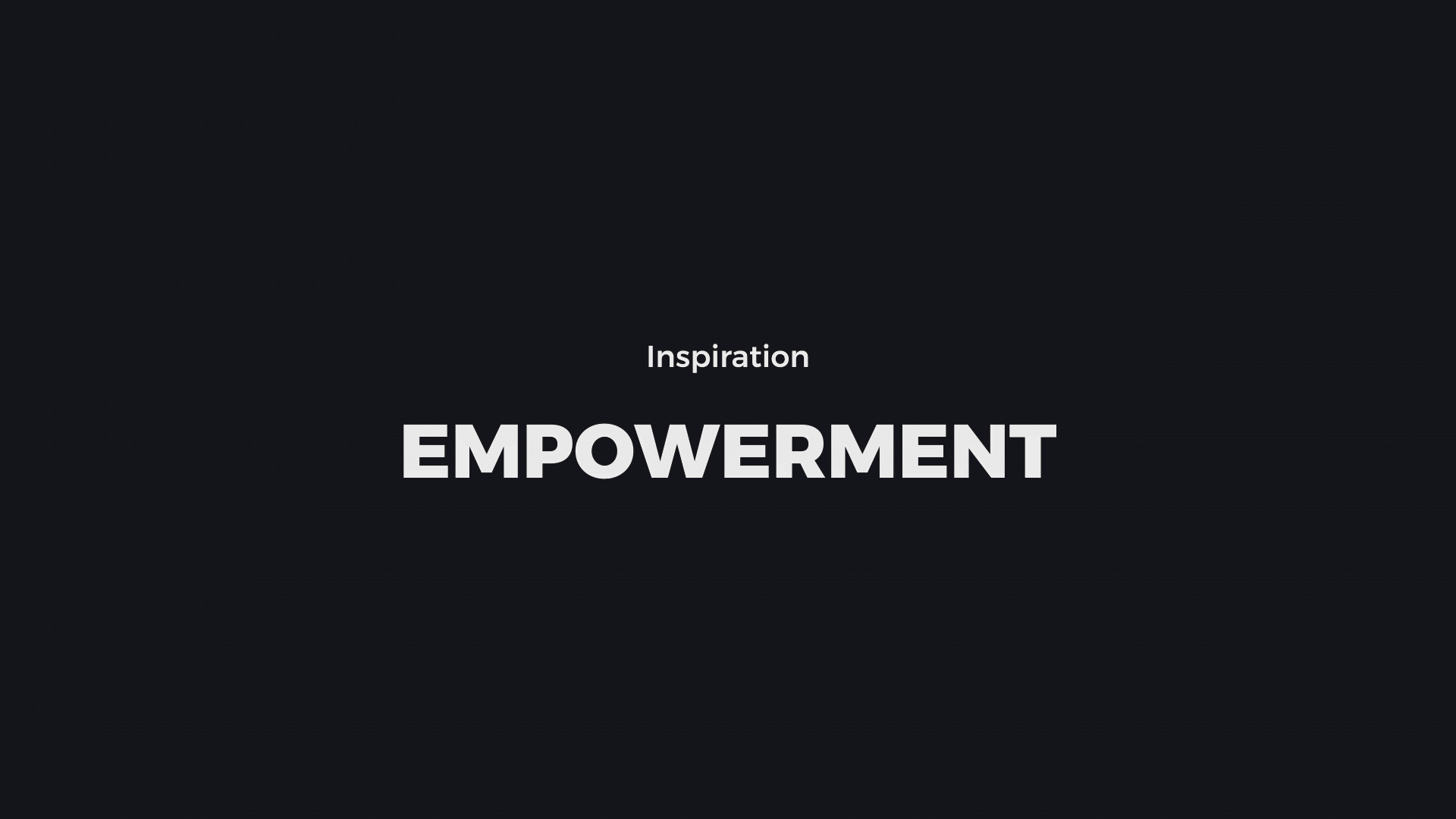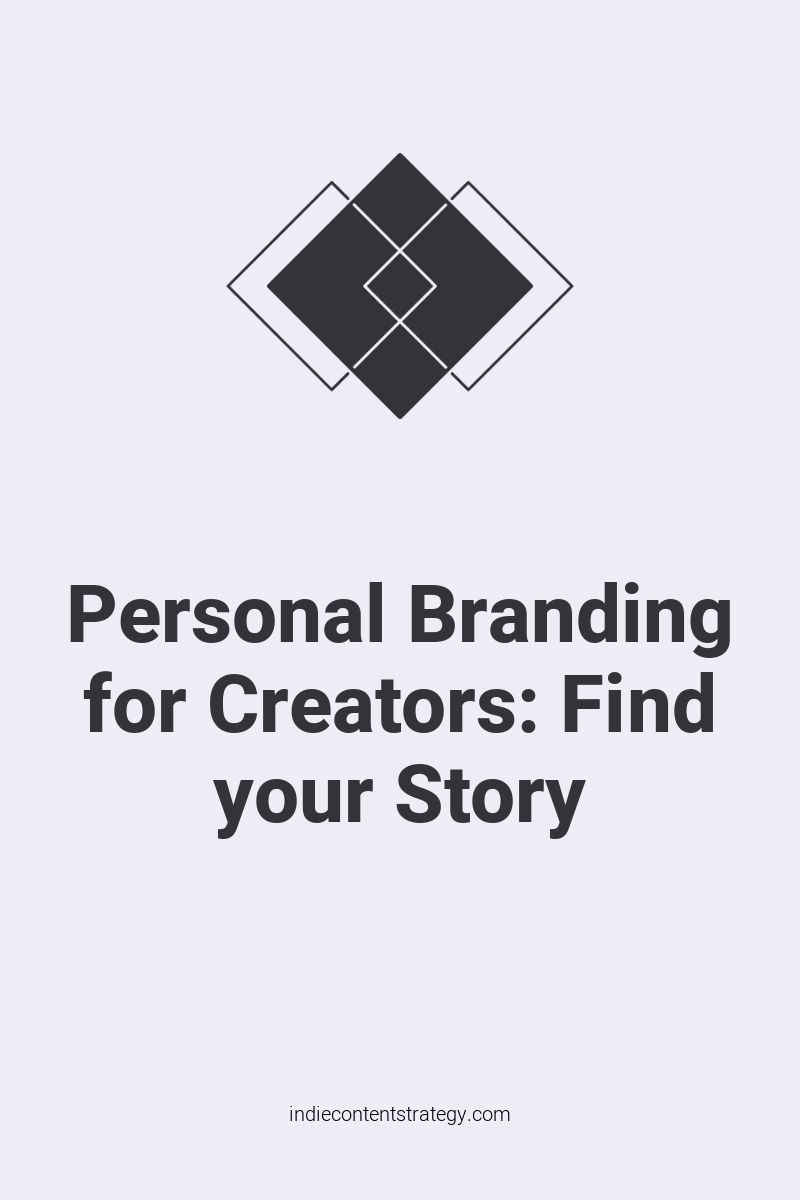“One of the most powerful decisions a maker can take is to stop hiding behind their products.”
Anne-Laure Le Cunff
Make & Shine – An indie maker’s guide to personal branding
As an indie maker, your products are tied to you as a person. You are the one building them up from nothing, and self-funding to realize your own ideas. Without media budgets and resources, your best chance to reach people (and potential customers) is being your unique self.
But who are you, really? A very uncomfortable question. Do you have an answer that isn’t just a label, like “designer” or “developer”?
Exploring my own story has made me see myself more clearly, which has been kind of a cathartic experience in itself. Creating a brand around this story does not only help me market myself – it’s more than that: It’s a guideline that helps me choose what to build in the future.
In this article, I’m going to share a simple storytelling technique with you that helps you uncover what’s important to you, and why. You don’t need to be a writer – it just takes 5 words to get to the core of your story, and build the basis of your brand.
Your story is your north star
“If you do not know where you come from, then you don’t know where you are, and if you don’t know where you are, then you don’t know where you’re going. And if you don’t know where you’re going, you’re probably going wrong.”
Terry Pratchett
I Shall Wear Midnight
There are many resources that tell you how to construct stories to sell your products. Storytelling is often advertised as a PR or marketing tactic, and it feels a bit tiring by now. I believe stories have a lot more potential – especially for (solo-)creators.
Your story connects who you are with what you do, and it defines why you are doing it. It’s what makes you unique and what inspires people to follow you.
If you know Simon Sinek’s Golden Circle, you know that „why“ is at the core of how thought leaders talk to us. It shows us how they communicate from the inside out:

- “Why” – Purpose: Why are they doing what they are doing?
- “How” – Process: How are they going to bring their „why“ to life?
- “What” – Product: What’s their product?
Telling stories through action
Thought leaders don’t only use their “why” for communication. It is also influencing product decisions, behaviour, culture, customer service, architecture.. – everything a company or person stands for.
For
It gives us direction and helps us create things that follow our own unique narrative. This is not some kind of voodoo branding activity – it’s just doing what we do every day when we are building our products, in a
You, in 5 keywords
Chances are that you don’t consider yourself a writer, and you don’t even know where to begin when telling a story. That’s okay. You don’t have to write down a coherent story to get insights about yourself.
Start with 5 words.
The MUSE Storytelling framework bases a story on 5 keywords that define its direction. The goal of the framework is to help you to get people to identify with the character of your story (you!
The reason I think this framework works so well for branding yourself as an indie maker is that their approach is based on the scientific concept of character identification. Identifying with a character means that the audience develops a strong, natural liking for it. This makes them able to emphasize with feelings, motives and goals of the character as if they were their own.
This is what you need to create a followership of people believing in you and your work.
I think MUSE is a great starting point to learn more about the science behind stories and how to craft them. But let’s start with the basics for now – your keywords. To find them, you will need to answer 5 prompts that give you insight into different parts of your story:
- Inspiration: What’s inspiring about your story?
- Difference: What makes you different than others?
- Audience: What’s your audience – who do you want to reach?
- Feeling: What do you want people to feel like?
- Action: What action do you want people to take?
To find your keywords, brainstorm 5-10 words for every prompt, and choose the one that resonates the most with you. Think about what defines you. Think about all the conflicts, problems and decisions in your past. How did they help you get to where you are now?
What parts of your past shaped you in a way that make your work meaningful today?
An example: Keywords about Melanie
Identifying my own keywords took a lot of soul-searching. It’s hard to shine a spotlight onto yourself like that. But the process helped me to make sense of myself, my experiences and my work.

- Inspiration: Empowerment
I believe people should not be afraid of trying new things. They need to know they have permission to create and do things differently. - Difference: Perfectionism
Always striving for more and new ways to make things better is what formed my way of working. I keep on questioning the status quo one step at a time. - Audience: Creators
Everyone can create. Some people just don’t know it yet, or they are still hiding their passion. - Feeling: Courageous
I believe that the one thing holding people back from doing their best work is fear. While I am in no way fearless, I’m always trying to make courageous decisions. - Action: Experiment
Frame your work as continuous experimentation instead of as delivering solutions, and you won’t be afraid if you don’t know everything yet.
These keywords are the core of every significant story I can tell you about myself. They are „me“.
They can be found in the story of why I work the way I do, and why I am an indie maker today. They are at the core of my personal stories. And they also guide the stories about my products: All of them are weirdly diverse, but they all have the purpose of helping others to be seen and inspire people to keep on experimenting. That’s true for the collection of projects made with Vue.js, the platform for streaming makers, the widget that makes you visible as a maker on your project pages, as well as the showcase of small Austrian dog businesses.
This shows you that our story isn’t something we necessarily need to tell people to make them believe in what we believe. If we identify with our story and values, it is visible in our actions and (business) decisions.
This makes our focus shift from success to purpose.
We all want to create work that matters. But I believe it has to matter to yourself first before it can matter to someone else.
Read more:
- The Story Factor: Inspiration, Influence and Persuasion through the Art of Storytelling by Annette Simmons
- Make & Shine – Branding for Indie Makers by Anne-Laure Le Cunff
- MUSE Storytelling
- Start with Why: How Great Leaders Inspire Everyone to Take Action – Simon Sinek
- How great leaders inspire action (TED Talk) – Simon Sinek


